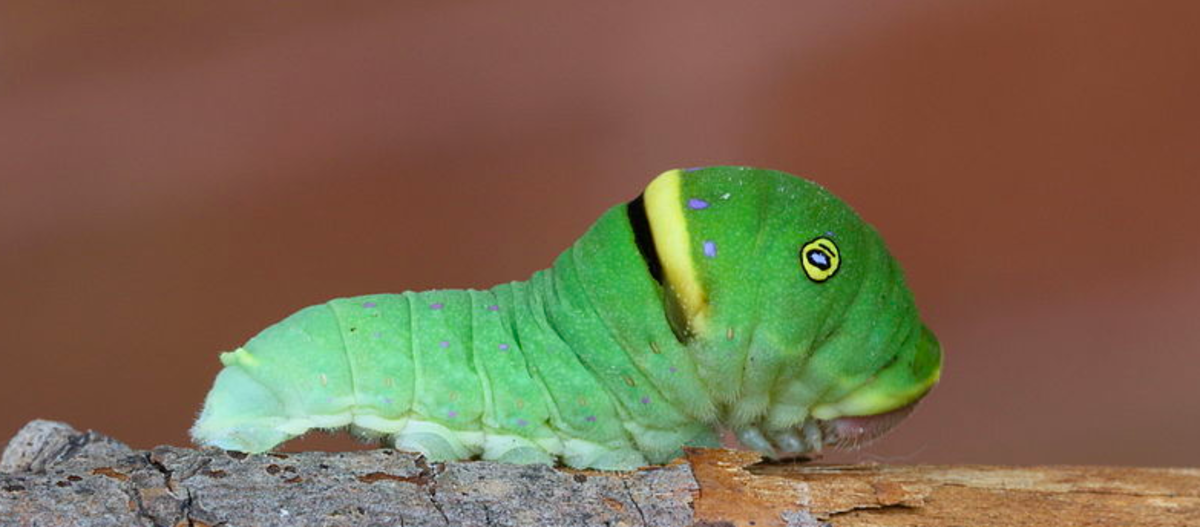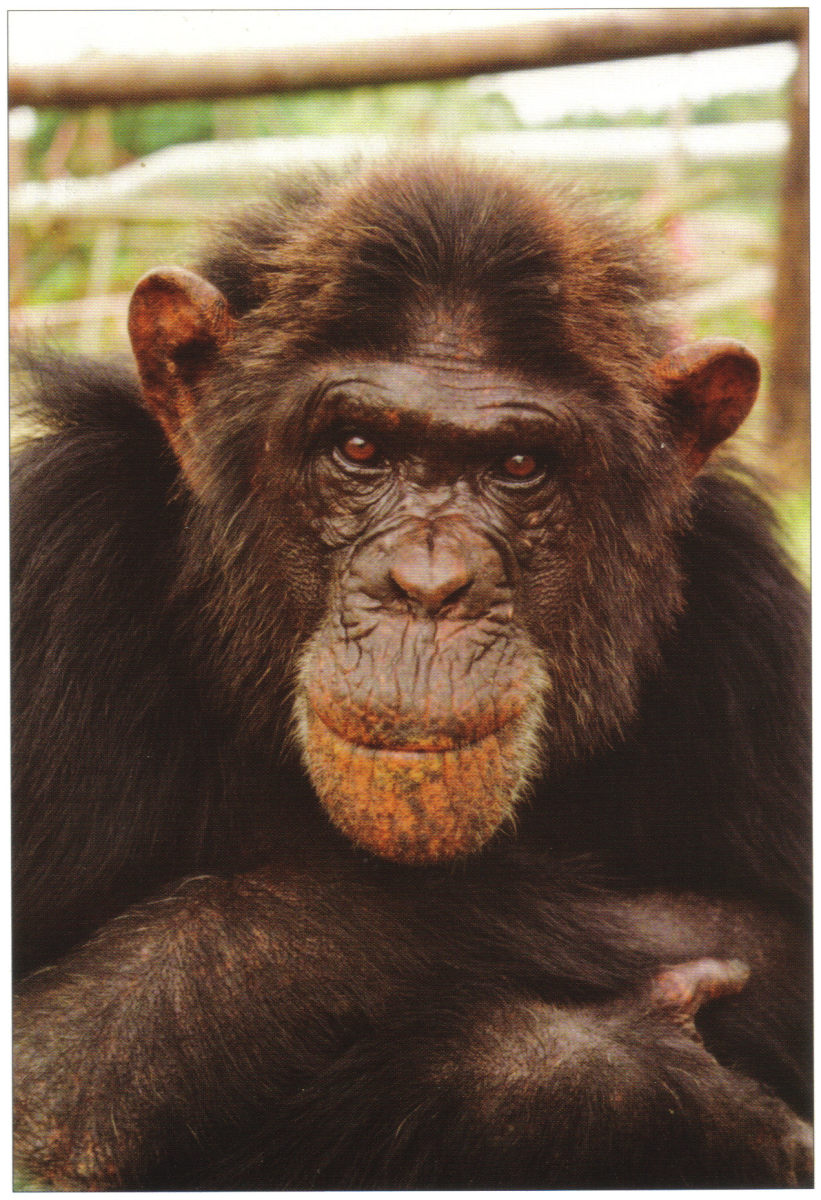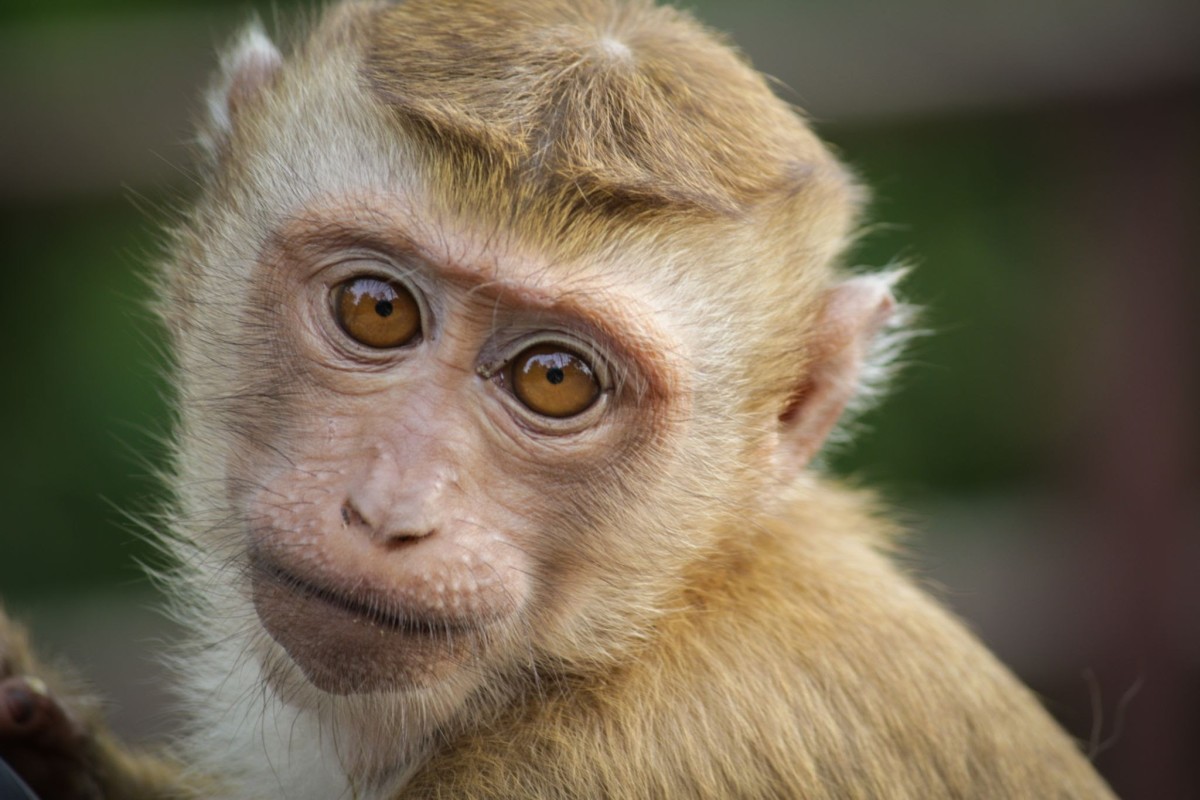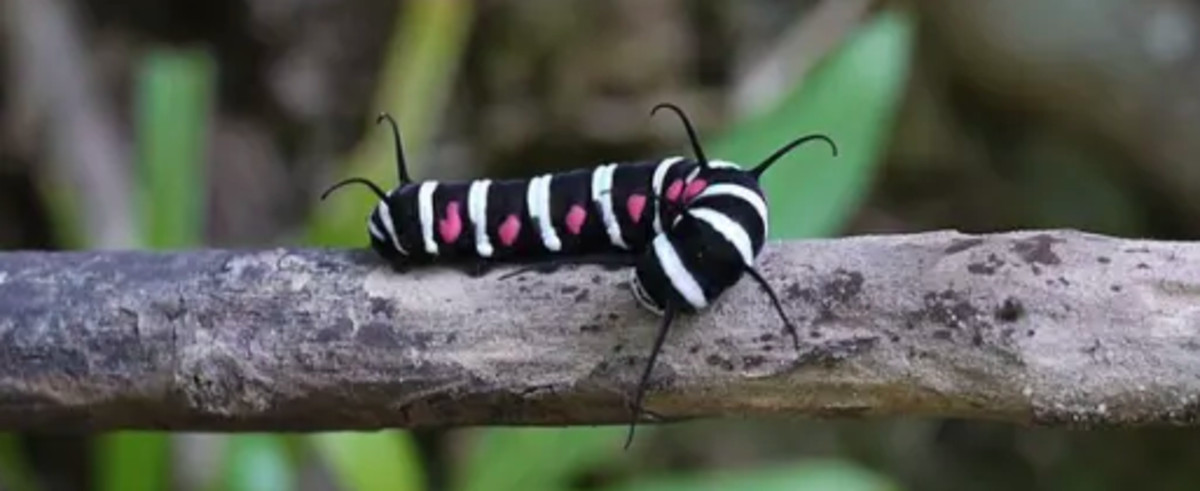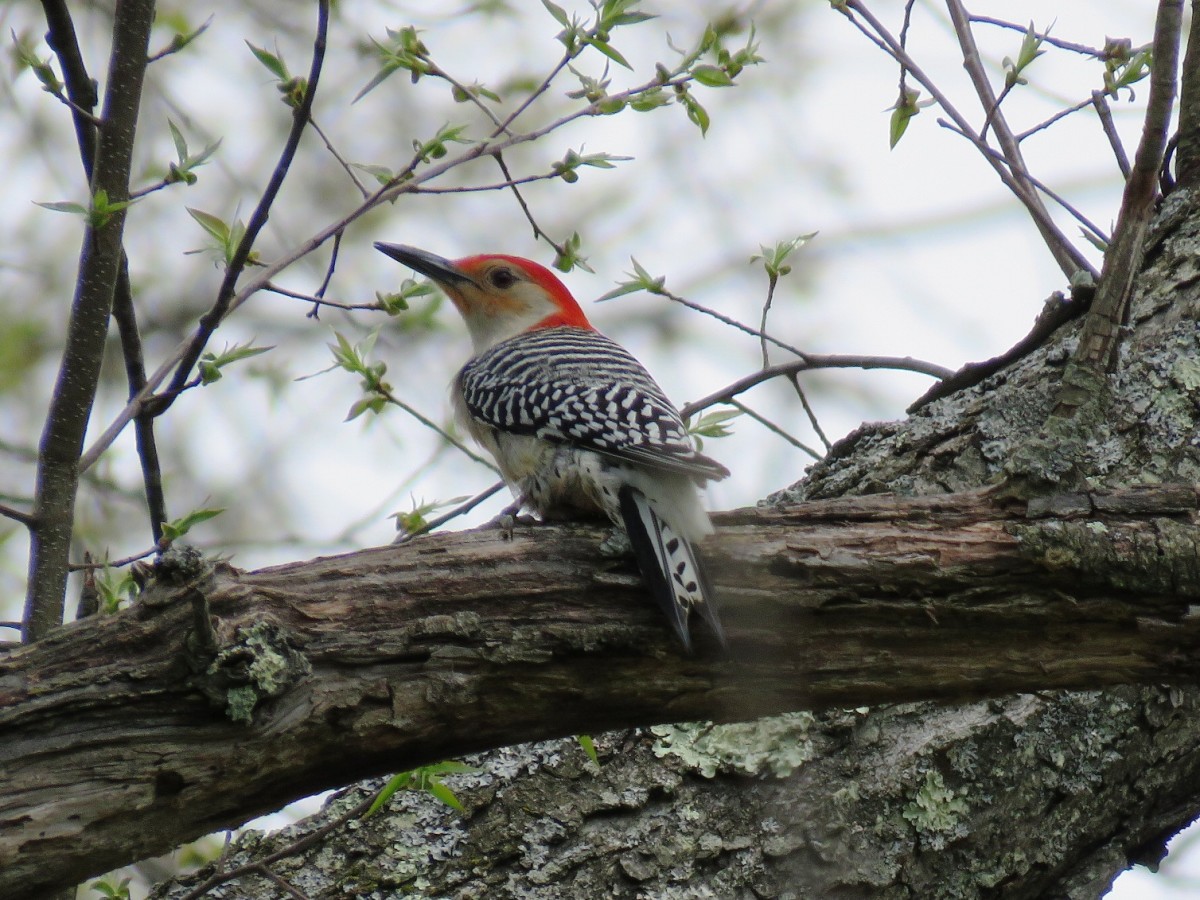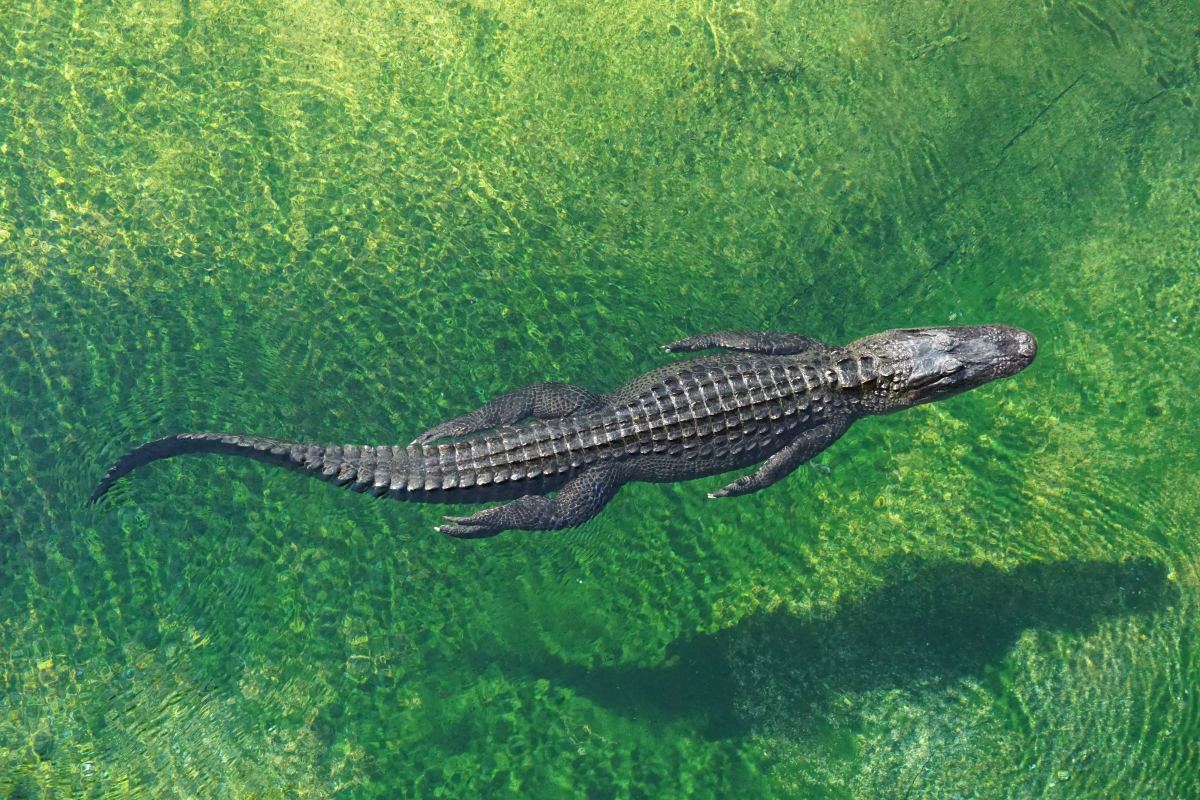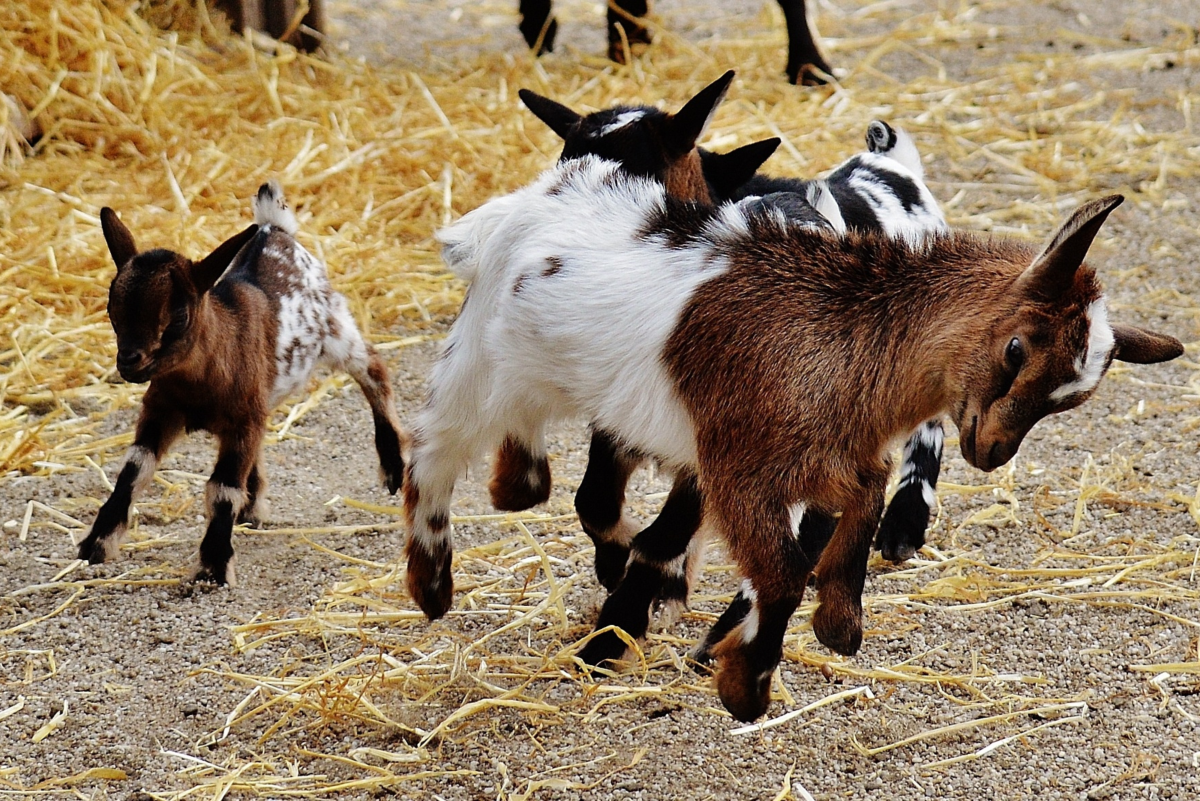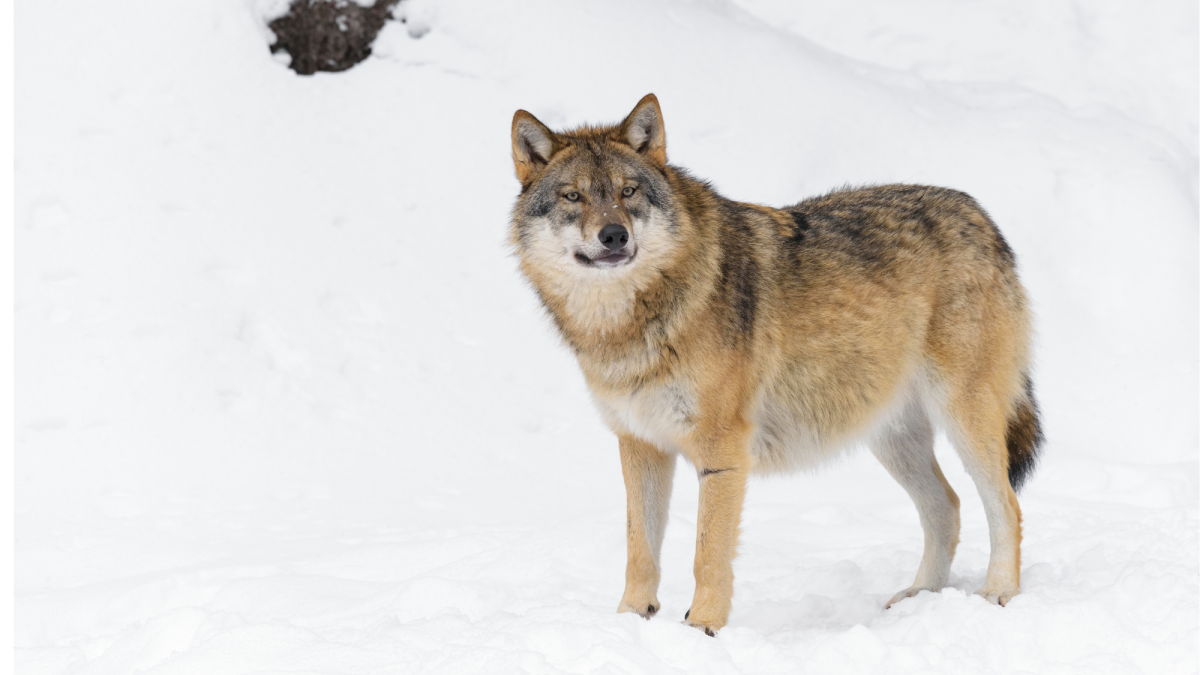Pygmy Marmoset
Scientific Name: Cebuella pygmaea
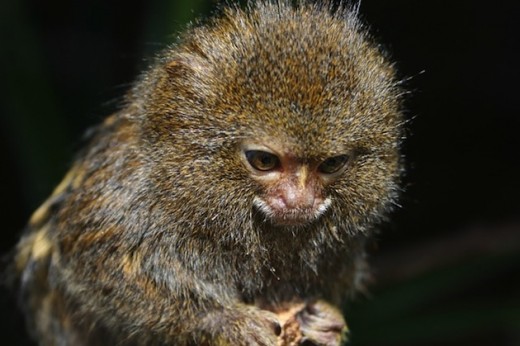
Description
Due to the very small size of the Pygmy Marmoset it is also called by several nicknames. Some of the common ones you may hear include Dwarf Monkey, Pocket Monkey, and Little Lion. These are the smallest of all Monkeys and they are among the smallest species of primates. There are two sub species of them and none of them weigh more than 5 ounces when mature.
- The Portal of Life on Earth - Amazing Animal Facts
Amazing Animal Facts - The Portal of Animal Diversity. Visual index of animals. Dolphins, Whales, Penguins, Sharks, Tigers, Elephants, Flamingos, Otters, Killer Whales, Seals, Sea Lions, Sea Turtles, Polar Bears, Walruses, Squids, Manatees, Snails, G
Anatomy
The body of this Monkey looks swollen and fattened up. Most experts believe this has to do with them needing to appear larger than they really are. This can help them to avoid being harmed by various types of other animals in their natural environment. They are able to move quickly and they rely on their sharp claws to help them climb in the trees. They have tufts that grow for their entire lives around the face and ears. These tufts are white and the usually grow in all directions instead of uniformly.
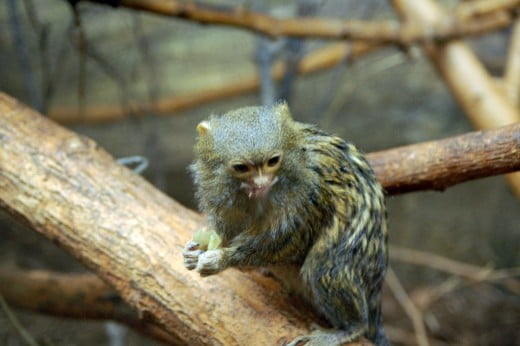
Evolution
While there is plenty unknown about evolution for the Pygmy Marmoset we do have one fascinating clue. Early fossil remains show that they now have brains that are smaller from what they had in the past. They are very smart Monkeys so why the change? They likely weren’t any more intelligent in the past then they are now.
It is believed that they needed to find a way to evolve that would allow them to conserve more energy. At that point they weren’t able to give up anything on their body to do so. The smaller size of brain would have been a way for them to do what they needed without it taking up so much energy.
Pygmy Marmoset Video
Monkey Facts and Information
- Monkey Facts and Information
Monkey Information, Anatomy, Feeding, Communication, Reproduction, Predators, Echolocation, Language and Monkey Conservation. Facts about Baboons, Capuchin Monkeys, Common Marmosets, Squirrel Monkeys and more - Chimpanzee Facts and Information
Chimpanzee Facts and Information. Feeding, habitat, distribution, reproduction, anatomy and more. Facts about the Chimpanzees and Bonobs among others and the conservation efforts made to preserve bears - Lemur Facts and Information
Lemur Facts and Information. Feeding, habitat, distribution, reproduction, anatomy and more. Facts about the Ring-Tailed Lemurs, Red Ruffed Lemurs, Gray Mouse Lemurs, Golden-Crowned Sifaka among others and the conservation efforts made to preserve le
Behavior
The Pygmy Marmoset forms smaller groups than most species of Monkeys. They typically don’t have more than 12 members. They develop a very close and personal bond with the various members that belong to it. They have been seen showing caring, laughter, remorse, anger, and even mourning to each other.
They use all types of communication both non verbal and verbal. They can use both long and short calls to each other. They do all they can to offer protection for each other. This is why they give out immediate calls if there are any signs of possible danger around them.
There are many things we don’t know about the culture of the Pygmy Marmoset. They can be aggressive but it isn’t believed to be to the degree as many other species of Monkeys. Yet it is hard to observe them in a natural environment so we don’t have all the answers we would like about various behaviors that they take part in.
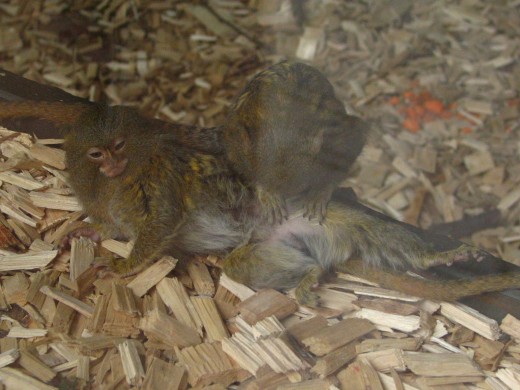
More Monkeys Information...
- Gorilla Facts and Information
Gorilla Facts and Information. Feeding, habitat, distribution, reproduction, anatomy and more. Facts about species like the Eastern Gorilla and Western Gorilla. Also the conservation efforts made to preserve Gorillas. - Sumatran Orangutan Facts and Information
The smaller of the two species, the Sumatran orangutan is very strong.
Habitat and Distribution
Brazil, Bolivia, Columbia, and Ecuador are home to the Pygmy Marmoset. Even if you look carefully though you may not find signs that they are living in those areas. That is why it is extremely hard for experts to say how many of them remain in the wild. These small Monkeys are able to leave many areas untouched by their presence.
They are able to blend in nicely to their surroundings too. For most of them the higher parts of the forest is where they will stay. They enjoy the cover of the canopy and the amount of foliage there. They also nest at the ends of trees so it is hard to see any damages from them sleeping in various areas. They are hardly ever known to leave the trees to go to the ground.
Diet and Feeding Habits
Of all the species of Monkeys it seems that this one has the most unusual diet. They have a need for more carbs than others which is why both sap and gum are such a big part of what they eat. Spa can be hard for them to get out of the trees but they are very patient and determined to make it happen.
The Pygmy Marmoset has to use its sharp teeth to break the wood on the trees. Then it is able to get inside to consume the sap under it. This can be a tiring process to though and one that results in them needing plenty of rest. Some other items they eat include plants, leaves, and insects. Sometimes they will also consume fruit.
Pygmy Marmoset Video
Reproduction
The availability of food and shelter predict of the Pygmy Marmoset will be mating or not. When they have both of those needs met they are able to mate regardless of what time of the year it happens to be. When those needs are lacking though they won’t mate at all. This can further deplete the population in given areas and make some experts worried about extinction.
This is why breeding programs in captivity are so common. The idea is to help them be able to have higher numbers. With an infant mortality rate of about 75% in the wild there is plenty of need in captivity to help them get their numbers up higher. There are hopes though that one day many of these young will be able to successfully be integrated into the wild population.
The young are often consumed by predators or they fall out of the trees. That is part of why they have high death rates in the wild. The mothers also have a very hard time raising them. There are usually two born at a time but there could be up to four of them. These young are more demanding than any other young Monkeys. They also need to eat every few hours.
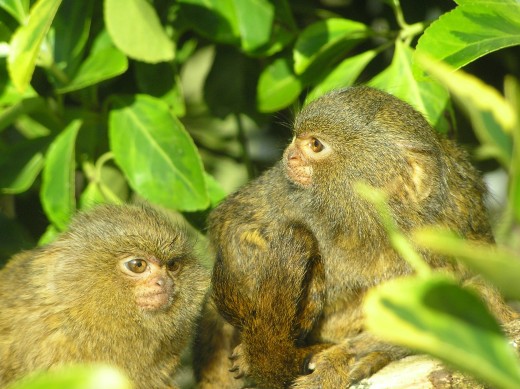
Predators
Predation in the wild is something for these young Monkeys to be concerned with. They are often targeted by birds due to their small size. The main birds that eat them are the Owl and the Hawk but Eagles are often seen eating them as well. All of these birds have an advantage due to speed, eyesight, and their sharp claws.
There are several types of wild cats out there too and they may be able to climb into the trees. They are sneaky and they are powerful so the Pygmy Marmoset often don’t have a chance of survival at all. Snakes can prove to be a concern as well due to their venom or ability to wrap around the primates and squeeze.
One of the natural defenses that the Pygmy Marmoset has against this is that they are able to place their nests at the very end of the branches. They get weaker as the branches thin out. Yet these Monkeys are light enough that it isn’t a risk for them. However, it definitely is something that can keep snakes and wild cats away from them.
The efforts of humans though are what has caused these Monkeys to have such a low population. They continue to destroy the locations where they live. These Monkeys can’t live without the forest or the food that it supplies. When those locations are removed for building or for growing food then these Monkeys suffer.
These are also among the most common species of Monkeys sold for pets. The timidness of them, the size, and the radiant colors of them are all enough to make many people interested in owning one of them. The demand is high so there is plenty of money o be made by selling them.

